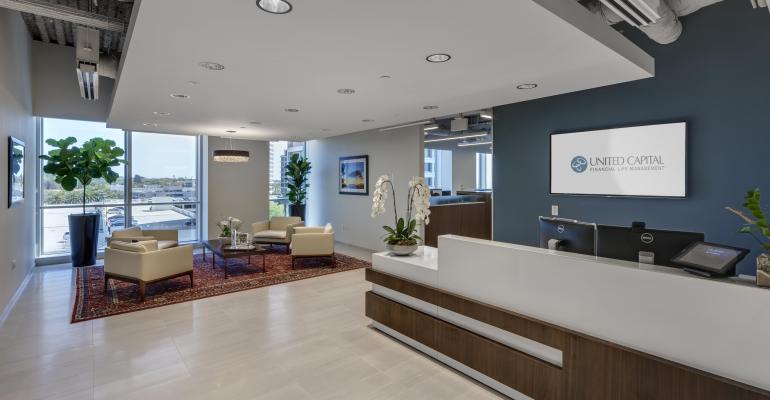United Capital is opening up its white-label advisor technology tools to let it work with any legacy client relationship management service that an advisor may be using, removing a significant hurdle for those considering the suite.
The registered investment advisor, which is one of the largest in the United States with $21.6 billion in assets under management and 86 offices, said on Monday that its FinLife Partners division was launching FinLife CX, with open architecture and upgraded tools.
The updated suite comes less than two years after the launch of the division’s initial FinLife OS version, which includes a client portal, an advisor dashboard, CRM and investment management tools. Since mid-2016, 22 firms managing an aggregate of nearly $9 billion in assets had signed up to use FinLife OS and United Capital said it continues to attract “tremendous” interest from advisors.
United Capital Founder and CEO Joe Duran said that advisors wanted access to the FinLife tools—built to focus on “life needs” versus solely wealth accumulation and preservation—but some held back because of their investments in their legacy CRM systems. By opening up the architecture of FinLife to those systems, Duran is betting on reaching a wider base of users.
He said average AUMs for FinLife OS firms was $550 million and that the firms interested in FinLife CX have an average of roughly $650 million—well above what he said United Capital expected. It could be that those are the financial advisors that are “more forward-learning and thinking of being competitive in the next 10 years,” Duran said.
“Our belief is very simple that the focus of every financial services firm over the next 10 years will be driven by the client experience,” Duran said.
Dean Barber, the founder and president of Barber Financial Group, a Lenexa, Kan.-based RIA with $1.2 billion AUM, said he believed United Capital’s decision to allow advisors to keep their existing CRMs would draw more to the suite of tools. His firm was one of the first to use FinLife OS, but he struggled with the requirement to use the CRM included in the suite.
“It was a huge hurdle and a major discussing within our organization,” Barber said.
A number of his employees rebuffed the change after it had invested “several hundred thousand dollars” to develop tools, including its own CRM, only to throw it away and migrate to the FinLife OS CRM.
“Anything that is good and is going to take you somewhere is going to require some sacrifice,” he said. It took about six months before the new CRM became “second nature” to everyone.
The change by United Capital raised some eyebrows of industry observers but didn’t shock the broader winds of change in the industry.
“I would say that it’s probably a really good strategy and it’s something that we see within firms,” Kendra Thompson, the managing director of Accenture’s Wealth & Capital Markets, said of the decision.
Often, instead of forcing a network of advisors to all switch to a new CRM or suite of tools at the drop of a hat, firms will ask for volunteers then roll out a new product gradually as advisors build comfort or have an opportunity to undergo a conversion. Thompson said advisors want to have some choice or control over what they are using, and companies are making it easier for them.





